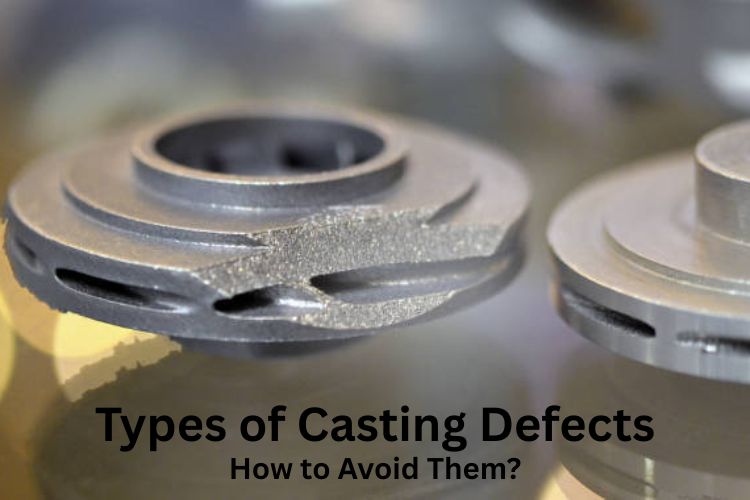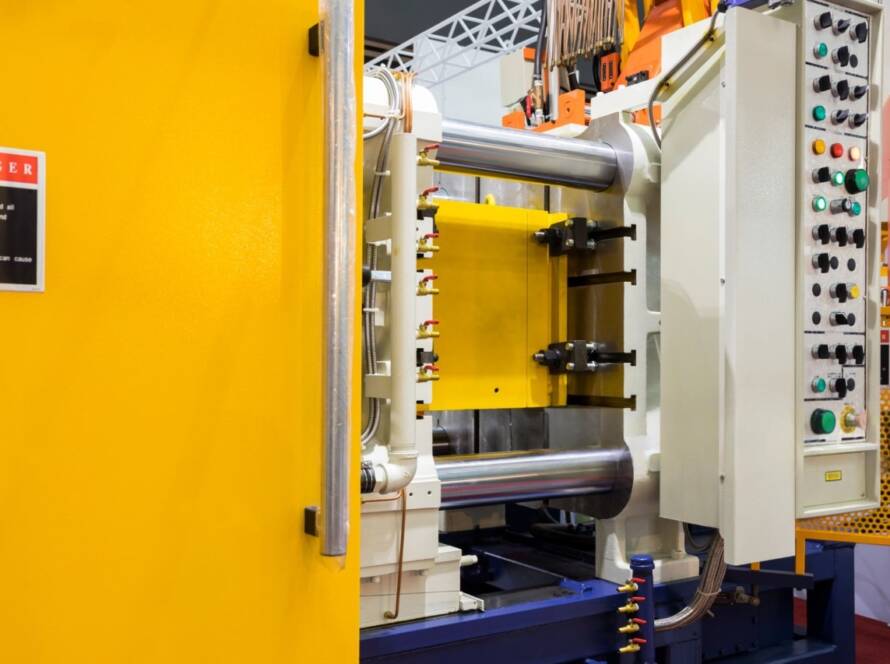Ductile cast iron is one of those materials that are used primarily in industries since it possesses strength and also flexibility. Heat Treatment of Ductile Cast Iron makes the material more useful. This blog will describe everything related to this method that you need to know.
Process of Heat Treatment of Ductile Cast Iron
The process is carried out by controlled heating and cooling since it enables the material to change its shape. Various steps involved in the process are:
- Heating of the iron to definite temperatures.
- Keep it at the same temperature and shape it.
- Cooling it through means like air cooling or quenching.
Ductile cast iron has graphite nodules. They affect its behavior when heat treated. Heat treatment of ductile cast iron is successful in keeping the nodules intact. This preserves its strength and ductility.
Steps in Heat Treatment of Ductile Cast Iron
1. Annealing
- Heat the iron to 850–950°C.
- Slowly cool it in a furnace.
- Reduce the toughness.
2. Normalising
- Heat the iron above 900°C.
- Cool it in the air.
- Increases strength and wear resistance.
- Refines the microstructure for consistency.
3. Quenching
- Heat the iron to 850–925°C.
- Rapidly cools it using oil or water.
- Boosts hardness significantly.
- Often followed by tempering to reduce brittleness.
4. Tempering
- Reheats quenched iron to 500–600°C.
- Hold the temperature before cooling.
- Balances hardness and toughness.
- Prevents cracking under stress.
5. Stress Relieving
- Heat the iron to 550–650°C.
- Slowly cools it to room temperature.
- Removes residual stresses from casting.
- Reduces the risk of breakdown during machining.
Importance of this Heat Treatment Process
Improves Durability: Treated ductile cast iron is wear-resistant and fatigue-resistant. This extends the life of parts in machinery and vehicle systems.
Minimizes Brittleness: Ductile iron casting in as-cast condition is potentially brittle. Ductile cast iron heat treatment introduces toughness. This prevents abrupt fracture when loaded.
Maintains Consistency: Alterations in casting can cause inconsistent properties. Ductile cast iron heat treatment produces consistent microstructures. This ensures consistent performance.
Facilitates Complex Shapes: Heat-treated ductile cast iron can handle complex forms. This is essential for making custom industrial parts.
Challenges in Heat Treatment of Ductile Cast Iron
This process has a lot of cons which are explained in the following:
- Temperature Control : Precise heating is crucial. Overheating can damage graphite nodules.
- Cooling Rate Management: Rapid cooling may cause cracks. Slow cooling might not achieve desired hardness.
- Material Composition: Trace elements like magnesium affect outcomes. Adjustments are needed for consistent results.
- Equipment Costs: Advanced furnaces and quenching systems are expensive.
- Skill Requirements: Operators need training to handle complex heat treatment cycles.
Benefits of Heat Treatment Process
You can find out the different benefits of this method in the following points:
1. Tailored Properties
Adjust hardness or toughness based on application needs.
2. Better Machinability
Softer structures after annealing ease cutting and drilling.
3. Higher Load Capacity
Treated iron supports heavier weights without deformation.
4. Improved Wear Resistance
Surfaces withstand friction and abrasion longer.
5. Corrosion Resistance
Certain treatments reduce vulnerability to rust and chemicals.
Future Trends in Heat Treatment of Ductile Cast Iron
- Automated Processes: Sensors and AI will monitor temperature and cooling rates. This reduces human error.
- Eco-Friendly Methods: Energy-efficient furnaces and recyclable quenching oils will gain traction.
- Advanced Alloys: New ductile cast iron blends will simplify heat treatment requirements.
- Precision Engineering: Custom heat treatment cycles for niche applications will emerge.
- Digital Twins: Simulations will predict outcomes before physical treatment. This saves time and resources.
Different Steps Involved in the Heat Treatment Process
There are multiple stages of this process which you need to follow to get the best outcome. Check the below points to understand the steps:
1. Preparation: Clean the cast iron to remove dirt or residues.
2. Heating: Place the iron in a furnace. Raise the temperature gradually.
3. Soaking: Hold the temperature to ensure even heat distribution.
4. Cooling: Use air oil or water to cool the iron based on the desired properties.
5. Post-Treatment: Inspect for defects. Perform secondary machining if needed.
Common Mistakes to Avoid
- Skipping Preheating: Sudden temperature spikes cause cracks.
- Ignoring Cooling Rates: Incorrect cooling methods lead to uneven hardness.
- Overlooking Material Analysis: Test the iron’s composition before treatment.
- Poor Maintenance of Equipment: Faulty furnaces or thermostats yield inconsistent results.
- Neglecting Safety Protocols: High-temperature operations require protective gear.
Conclusion
Heat treatment of ductile cast iron is a very old and important process in manufacturing. It makes raw casting into high-quality and durable elements. By controlling heating and cooling cycles engineers achieve the ideal balance of strength and flexibility. From automotive parts to energy infrastructure this method ensures materials meet rigorous demands. Understanding its principles helps optimize industrial processes and product quality.
FAQs
1. What is the heat treatment of ductile cast iron?
Heat treatment of ductile cast iron is a controlled heating and cooling process that modifies the metal’s structure to improve its mechanical properties such as strength, toughness, hardness, and ductility.
2. Why is heat treatment important for ductile cast iron?
It enhances durability, reduces brittleness, and ensures uniform performance. Heat-treated ductile cast iron can withstand heavy loads, resist wear, and maintain flexibility, making it ideal for demanding industrial applications.
3. What are the main types of heat treatment for ductile cast iron?
The major types include annealing, normalizing, quenching, tempering, and stress relieving—each serving specific purposes like softening, strengthening, hardening, or reducing internal stress.
4. How does heat treatment improve the properties of ductile cast iron?
Through controlled heating and cooling, heat treatment refines the microstructure, strengthens the metal, enhances wear and corrosion resistance, and ensures consistent mechanical performance across components.
5. What temperature is used in the heat treatment of ductile cast iron?
Depending on the method, temperatures generally range from 550°C to 950°C — lower for stress relieving and tempering, and higher for annealing, normalizing, or quenching.
6. Does heat treatment affect the graphite nodules in ductile cast iron?
Yes, but in a controlled way. Proper heat treatment preserves the spherical graphite nodules, which are critical to maintaining ductility and impact resistance.
7. What challenges are faced during heat treatment of ductile cast iron?
Common challenges include maintaining precise temperature control, managing cooling rates to prevent cracking, adjusting for material composition, and ensuring operator skill and equipment reliability.
8. What are the main benefits of heat-treating ductile cast iron?
It provides tailored hardness, better machinability, improved wear and corrosion resistance, higher load-bearing capacity, and longer service life of cast components.
9. Can heat treatment make ductile cast iron corrosion-resistant?
Yes, specific heat treatment processes can enhance corrosion resistance by modifying the microstructure and surface properties of the cast iron.
10. What industries benefit most from heat-treated ductile cast iron?
Automotive, construction, energy, and heavy machinery industries commonly use heat-treated ductile cast iron for components like crankshafts, gears, pipes, and structural parts that demand strength and reliability.


